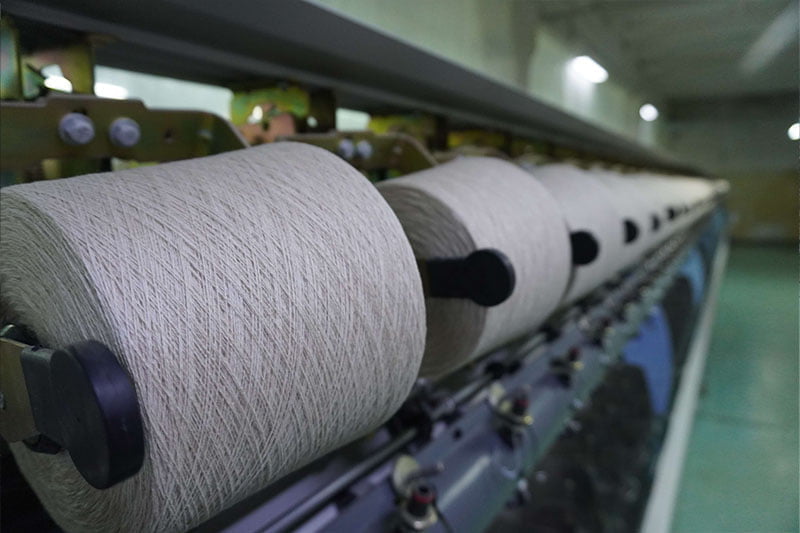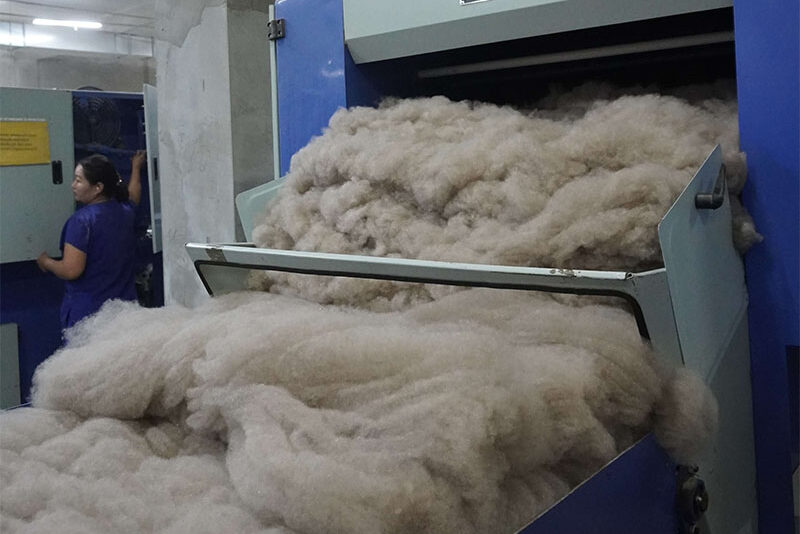Cashmere
About cashmere
Only a few countries in the world prepare this fine, dense, light and warm raw material, which is combed from high-grade cashmere goat. Mongolia is the second largest cashmere producing country in the world and supplies 40 percent of the world’s cashmere market.
On average, 200 grams of cashmere are combed from one goat, and 5-7 combed cashmere from goats are used for one shirt. Combed cashmere goes through many stages of the factory and only 30% is sifted to become the luxury goods we love to wear.
Characteristics of Mongolian cashmere
Due to the extreme climate of Mongolia, our country prepares the best quality cashmere. The warmest cashmere comes from goats that have adapted to this climate, which can get as cold as -40 degrees in winter. In addition to warmth, Mongolian goat cashmere is world famous for its thinnest and longest fibers. Mongolian cashmere is clearly superior to other countries in terms of the main parameters that indicate the quality of cashmere, such as hair length, diameter. The thinner the fiber, the warmer and softer the cashmere feels, the more highly valued it is.
Mongolia is the only country in the world that produces cashmere in all four natural colors: white, beige, brown, and gray. The unique characteristics of Mongolian cashmere can be attributed to the country’s diverse geography, ranging from the majestic mountains of Altai to the blue plains of Omni, which give rise to a variety of climatic and geographical conditions. In the northern part of the country where the climate is colder, black goats are more common. In contrast, in the southern part of the country where the climate is milder, the goats’ fur tends to turn white and yellow. As a result, in addition to white, light yellow, and brown, a warm gray color is also produced, which is considered to be one of the world’s rarest natural cashmere colors.
Mongolians typically comb their cashmere goats once a year during the spring, which usually starts in mid-April and lasts for about a month. Use the traditional method for combing. The process of collecting cashmere involves cutting off the matted hair of the goat and then combing the undercoat using a soft comb, which is designed to avoid damaging the goat’s skin or fur. The combing process is often compared to a gentle massage for the goats. Mongolian nomadic animal husbandry culture places a strong emphasis on the well-being and health of the animals, which is considered essential for producing high-quality cashmere. The principle is to ensure that the animals are well-fed, healthy, and not under stress, which helps to produce cashmere of better quality. The cashmere combing process can have some benefits for the livestock beyond just collecting cashmere. If the cashmere is not removed from the cashmere goat, the goat can be thrown to death by the first violent storm. After the rains, Mongolians combed their goats in the spring to prevent the cashmere from sticking and preventing the growth of new cashmere.




